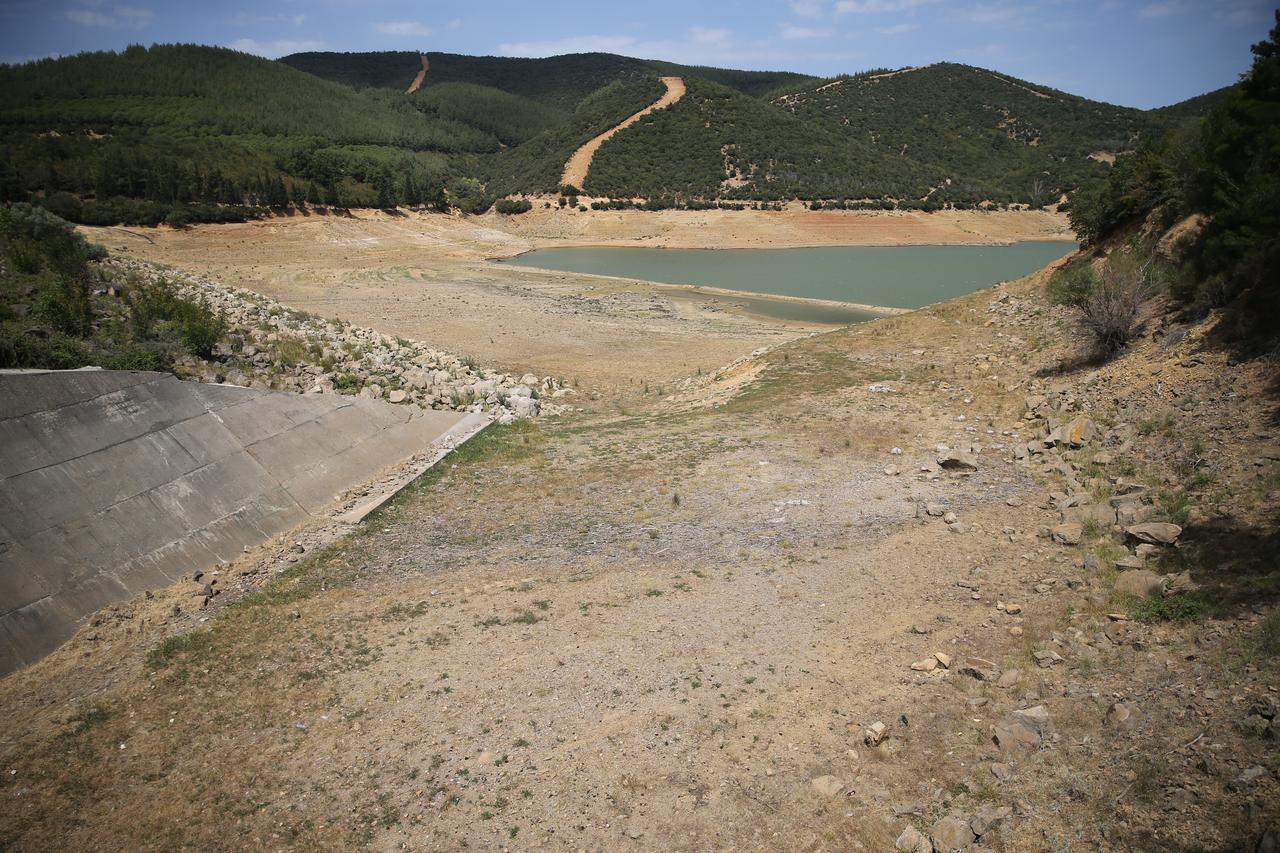
Eastern Thrace, Türkiye’s European region, is confronting an acute water crisis as the ongoing drought and record-high temperatures drastically lower water levels across the region. Key reservoirs, ponds, and rivers in Edirne, Kirklareli, and Tekirdag are drying up, affecting both agricultural and domestic water supplies.
Kesan, the largest district in Edirne, relies on Kadikoy Dam for drinking water. Recent reports show the dam’s water level has dropped below 1%, leaving the district with roughly three and a half months of supply. The dam, with a total capacity of 56 million cubic meters, has been heavily impacted by prolonged drought and evaporation caused by extreme heat.
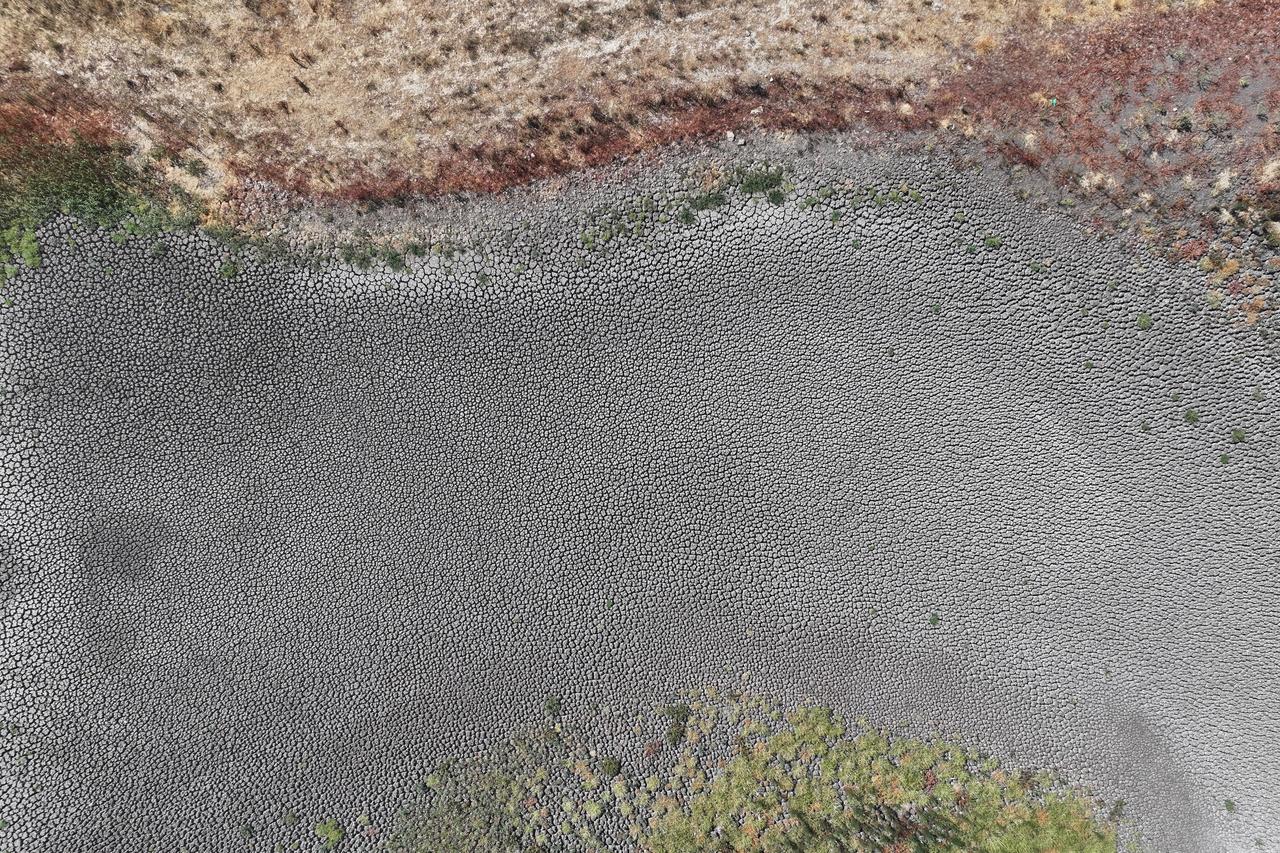
In Edirne’s Kucukdolluk village, a small pond has completely dried up, exposing deep cracks in its bed caused by evaporation. Similarly, the Keramettin Reservoir in Suloglu, which irrigates 6,000 decares (about 1,480 acres) of farmland, has seen its water level drop to 5% of its 218,000 cubic meters capacity.
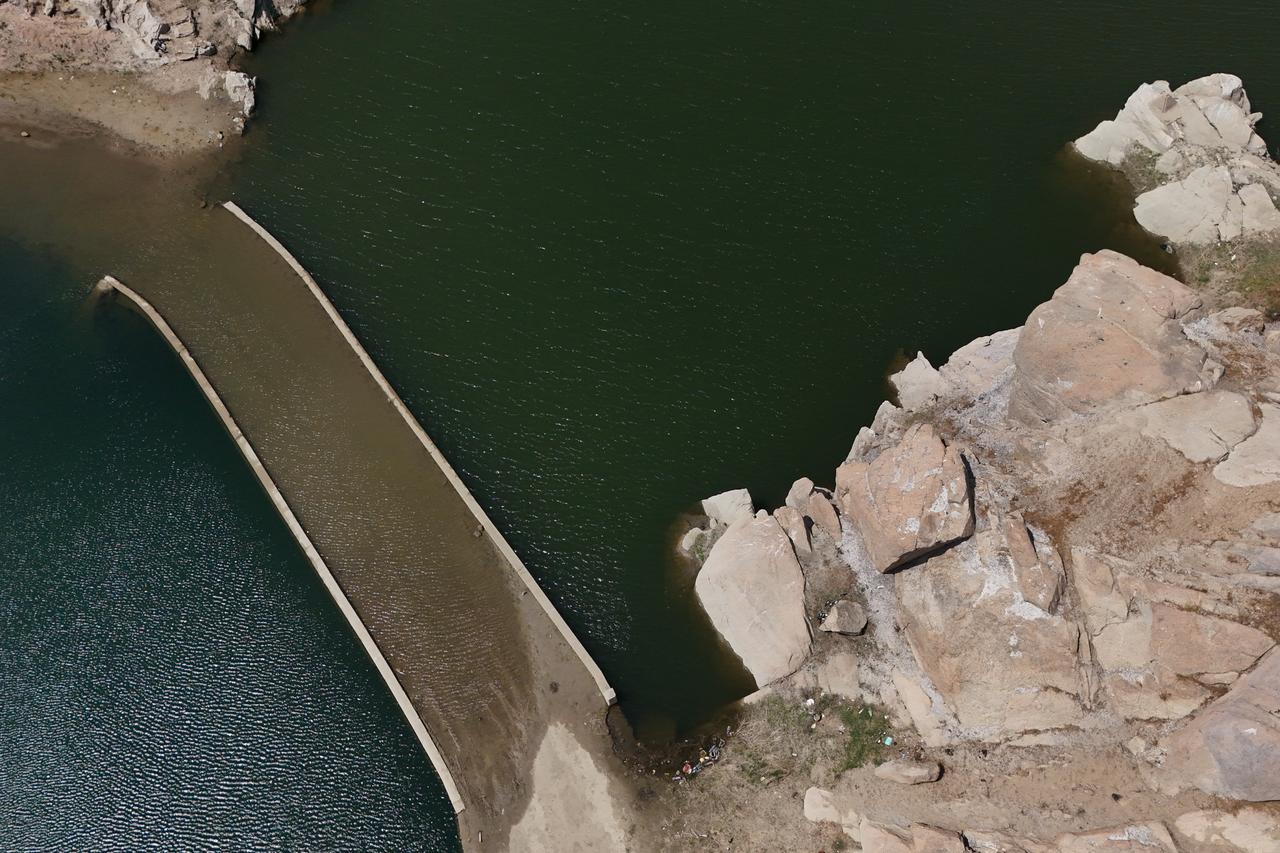
In Kirklareli, the drought has uncovered the submerged Caglayan Bridge as reservoir levels fall. In addition, the Teke Creek has dried completely, leaving behind dry riverbeds. In Edirne, sections of the Tunca River have also stopped flowing in some areas, highlighting the intensity of the current water shortage.

In Tekirdag, both Yazir and Biyikali reservoirs are losing water rapidly. Agricultural irrigation ponds show visible cracks where water has receded, demonstrating the combined impact of heat and below-normal rainfall.

Oruclu Pond in Babaeski, Kirklareli, nearly dries up, leaving cracks where livestock drink.
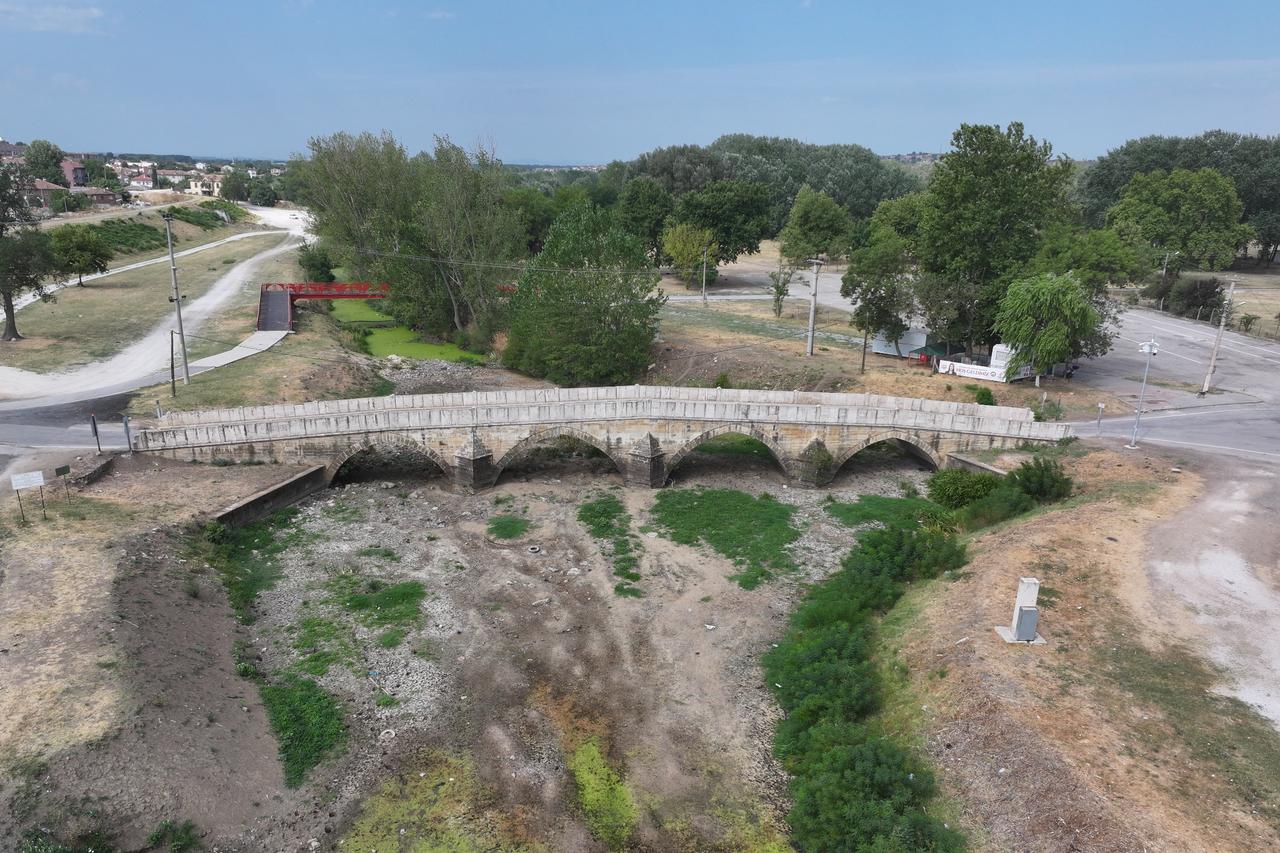
Water flow stops in parts of the Tunca River in Edirne due to increased evaporation caused by prolonged heat and drought.
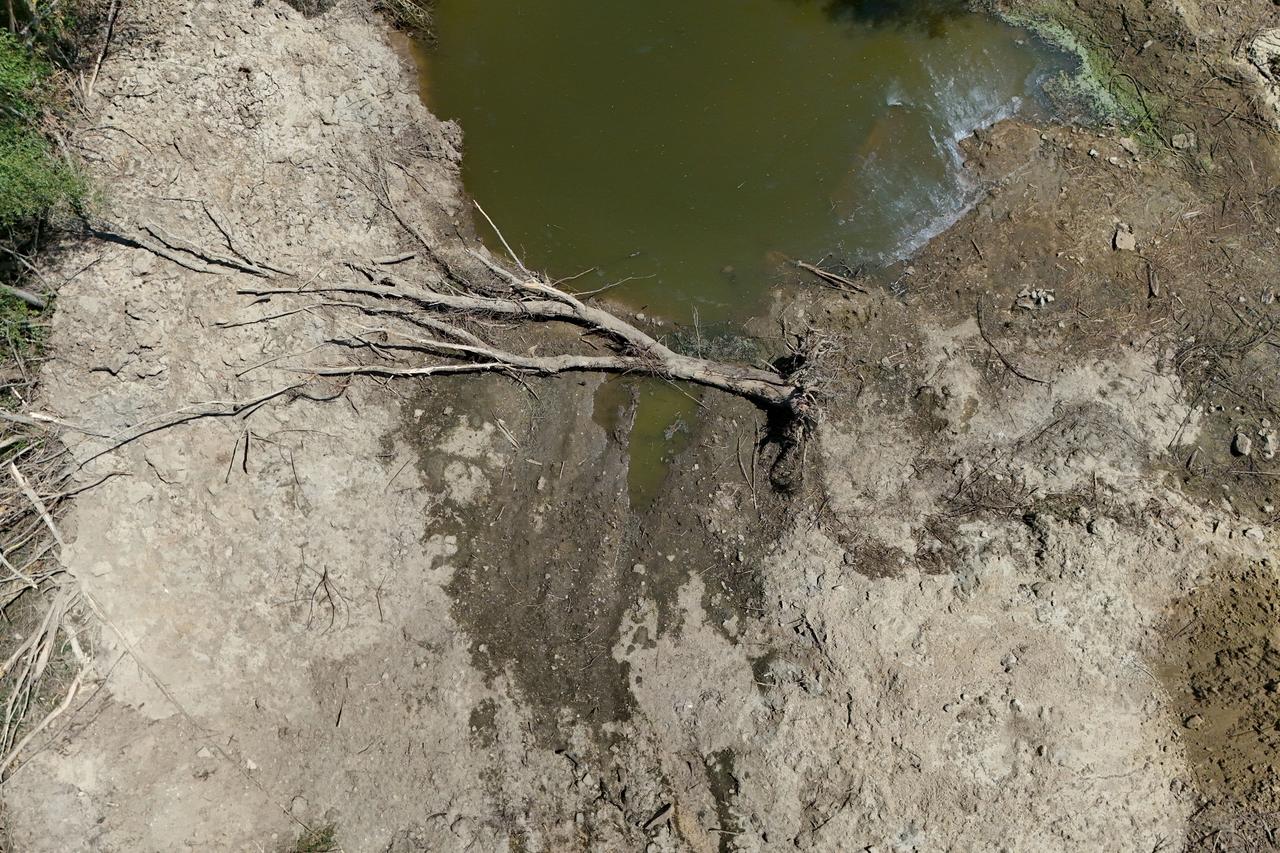
Teke Creek in Kirklareli dries up as temperatures remain above seasonal averages.